Though we’re a few years past the initial shutdown from the Covid-19 pandemic, many people still remember when ‘supply chain disruption’ became a household topic of discussion. But it was more than just speculation. The evidence was plain to see: store shelves were empty and refrigeration aisles circulated cold air around the few lonely perishables grocers could keep stocked.
At the onset, retailers faced several problems: the adjusted time model didn’t work; supply chain issues hit hard; and keeping up with demand became much more difficult. Distributors realized they needed to dial in their forecasting to have more on hand. Key players in the market set out to re-plan and reorganize their approach. More importantly, everyone in the market realized the U.S. needed more cold storage space—and more efficient space at that.
Today, demand continues to change shape. E-grocery services are on the rise, trucking companies are hauling more refrigerated freight than ever before, and the FDA is imposing increasingly stringent requirements for maintaining perishables. In short: the cold storage market is booming, and clients and distributors alike are seeking partners who know how to build cold storage space.
One caveat, however, is this: these facilities are very complex compared to their dry warehouse counterparts. They demand a careful construction approach to ensure efficiency, quality, and flexibility. That’s where Layton comes in.
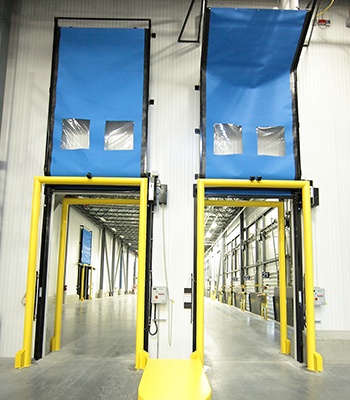
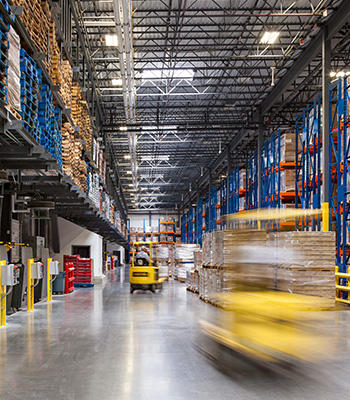
Considering the complexities of these facilities, cold storage construction demands a specialized approach and expertise. And with such a rapidly growing market, key players like Layton are primed and poised to step up.
The Complexities of Cold Construction
Nearly every component of a cold storage facility is vastly different from a standard warehouse. Temperature and power are two key components, yet the slab, structural fill, and structural panels all require a very different approach. Looking at the slabs, they must be designed, poured, and protected to withstand varying temperatures (and avoid heaving from such), humidity, and forklifts—all while meeting strict flatness requirements.
Of course, this is all just the tip of the iceberg.
Many end-users are also looking for flexibility, or for the facilities to be convertible based on needs. One use may require subzero temperatures, but a later use might require something in a higher range. With a design incorporating varying temperature parameters, the construction gets all the more intricate. With that, cold storage and its complex systems require a unique skill set from a trade standpoint. Oftentimes, the same can be said about the delivery. Design-build, that is. All things considered, everything from the initial design and planning to construction presents difficulties.
In early 2022, Layton took on one such cold storage facility posing these challenges—among several others unique to the specific product type.
Case Study: Penske Cold Storage Warehouse TI
Layton’s work at the Penske cold storage warehouse is a prime example of just how different these cold storage facilities are. However, this project took place in an existing building, adding to the typical challenges of a cold space. Working inside what the project team called a “box,” Layton and teams had their work cut out.
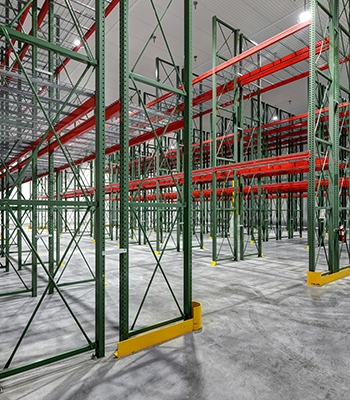
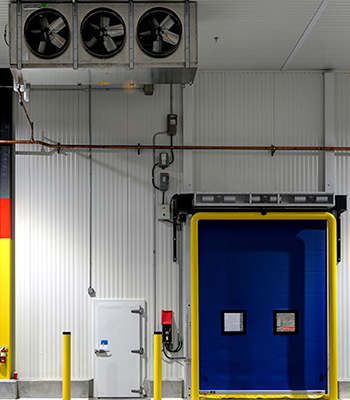
Starting with the slab, the team had to demolish a majority of what was already there, dig down two feet, and install glycol lines—which prevent the ground below from freezing. Failure to install these lines could result in the ground expanding, which would cause the slab to heave, and push up columns. From there, the team sanded down the sub slab, added layers of insulation for different temperature parameters, and poured the final slab in sections on top. With existing walls already standing, hoses from concrete trucks had to be carefully maneuvered to get into the enclosed spaces, all while achieving flatness requirements. In short, it was an intricate process.
Looking back at the project, though, it was the upfront planning and trade coordination that made the outcome so successful.
Teaming Up with Trades
Trade partners always play a huge role on any project, but with this high level of work, expectations for expertise are significantly elevated. Not only do they need to understand the work, what it requires, and the safety and quality Layton upholds, they need to bring the insight and ability to collaborate for such a complex build. Layton maintains relationships with a deep pool of national trades. On this project specifically, our specialized partners were instrumental in adding value and collaborating to help us deliver a predictable outcome. Even when unexpected issues arose, these teams worked together to pivot and keep the project on track.
Still, there was plenty more work to be done.
Piecing the Puzzle
Between working in an existing building and managing supply chain issues, early coordination over sequencing was another key aspect of the project. From the start, Layton got everyone in one room to dive into the details. Next to supply chain issues—which are affecting projects across the country—sequencing the work long before starting proved paramount. Specifying details to a T and holding those early meetings really set the project up for success—whether that was asking the right questions or working backwards for early release items. Given the backup on crucial components and materials, everything else had to be squared away to give the team some buffer.
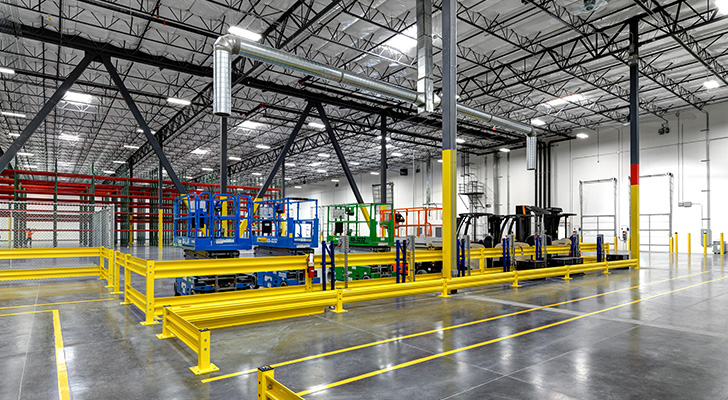
For instance, certain things like how ceiling panels were going to come together would knowingly present themselves in the field, or where the supports needed to go and whether the team would have enough. Those are the unknowns that must be accounted for early on. That way, when materials did arrive and installation time came, no one was waiting around, and the transition was seamless.
Knowledge is Power: Building on Lessons Learned
Underneath it all, Layton’s experience and lessons from previous projects were also essential. Without that knowledge, the brainstorming and meetings upfront wouldn’t have provided the necessary insight. Foreseeing lead times, the startup, and potential challenges all added to the project’s efficiency and overall success.
Closing In (and Closing Out) on Cold Storage
Obviously, a lot goes into cold storage construction, but we’re up for the challenge. These facilities must navigate a broken supply chain and move products to end-users with increasing efficiency and quality every single day. It is our goal to help our cold storage clients achieve this. We work diligently to provide solutions to the challenges our clients face, and we don’t do it alone. By pulling together in-house experts, our design-build partners, and top trades from across the country, Layton is able to continually deliver predictable outcomes on any complex, cold storage project.
Up Next: Future-Proofing Cold Storage, an interview with Kat Lyle, Director of Industrial Cold & Food at Ware Malcomb.
About Layton Construction
Layton Construction is a privately held national general contractor, delivering predictable outcomes in commercial construction since 1953. Headquartered in Salt Lake City, Utah, Layton operates from 16 strategic offices across the United States, employing more than 1,400 construction professionals who serve diverse markets including healthcare, education, commercial office, industrial, hospitality, and multi-unit residential. Founded on the core values of honesty, unity, safety, and quality, Layton has built a reputation for excellence in complex project delivery while maintaining strong partnerships with clients, architects, and trade partners nationwide.
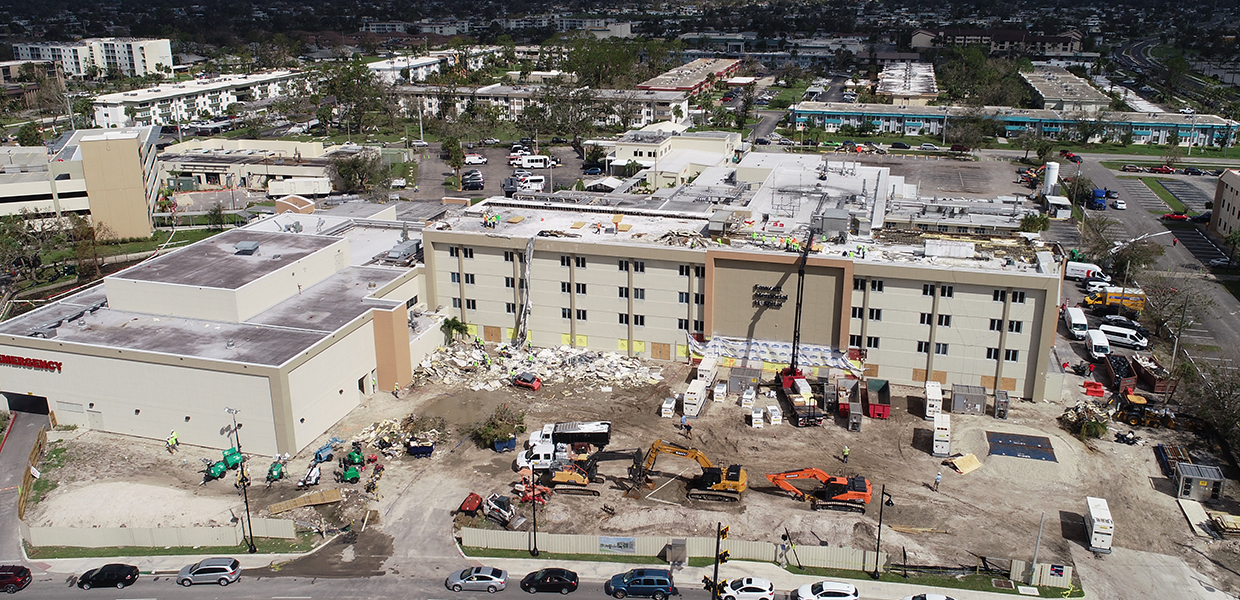
Hurricane Ian's devastation in September 2022 left a trail of destruction – homes and buildings shattered, communities blacked out, and hospital patients forced to relocate statewide. Yet, one Layton client, a seasoned storm-resilient hospital, anticipated the impact.
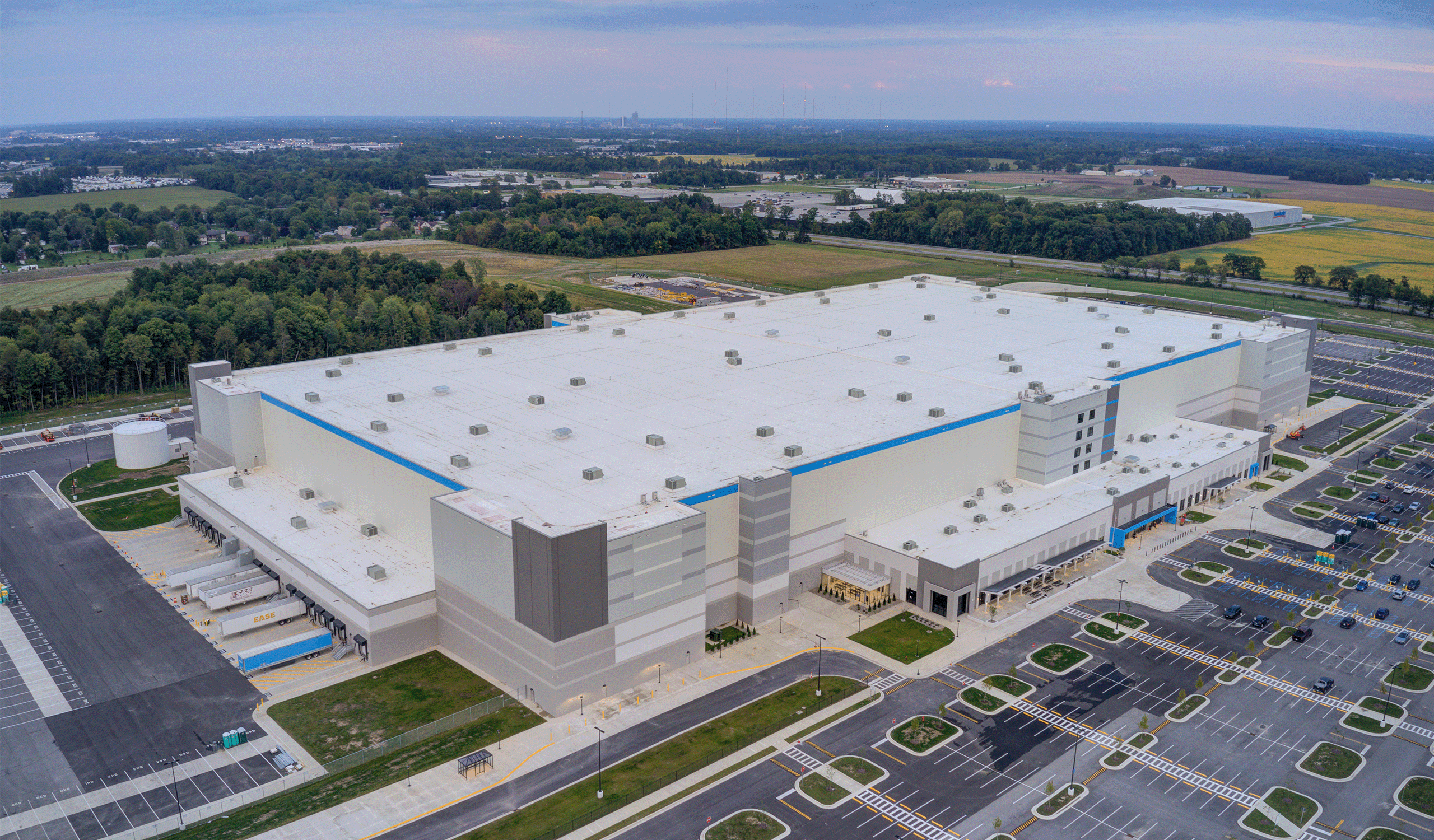
Layton is committed to being a wise steward of the environment by continually seeking ways to reduce our impact and build sustainable facilities.
